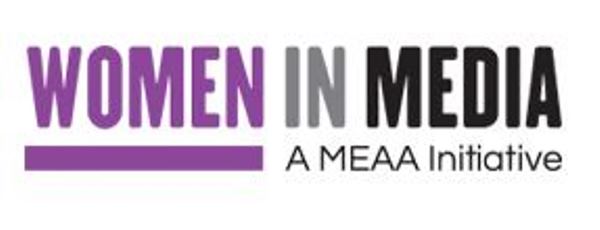More than 1000 people were surveyed for the MEAA's Women in Media Report: Mates Over Merit, revealing an entrenched gender pay gap in the media – particularly in newspapers.
Only 2 percent of women surveyed said there was equal pay for equal work in their organisations.
“In this survey, we’re comparing apples with apples,” the national convenor of Women in Media Tracey Spicer said.
“Women are sitting next to men, in the same job, at the same level, and [are] being paid significantly less. Several senior female managers are paid less than their male subordinates.”
Magazines and periodicals, often thought of as female-dominated, still show a 12.9 percent gender pay gap in favour of men, while at newspapers it's 23.2 percent and in broadcasting it's 21.8 percent.
Only 12.5 percent of Australian newspaper publishers have conducted a remuneration gap analysis in the past 12 months, the report found. None have specific pay equity objectives in their formal policies.
A 2013 study by associate professor at the Queensland University of Technology Dr Folker Hanusch found only 35.6 percent of female journalists earn more than $72,000 a year, compared with 53.1 percent of male journalists.
“Women make up half the workforce, are leading the way in investigative reporting, and are the biggest consumers of online content", director of the media section at the Media Entertainment and Arts Alliance Katelin McInerney said.
"It makes sound business sense for media companies to identify where the disparities are occurring.”
The MEAA is calling for audits and action on the gender pay gap, improved procedures to deal with social media harassment, and anti-discrimination policies to be put into practice.
The survey was developed by the national steering committee of Women in Media, backed by the MEAA, researcher Beverley Uther, and iSentia.
It collected data from 1054 Australian journalists, 91.8 percent of which were women.


